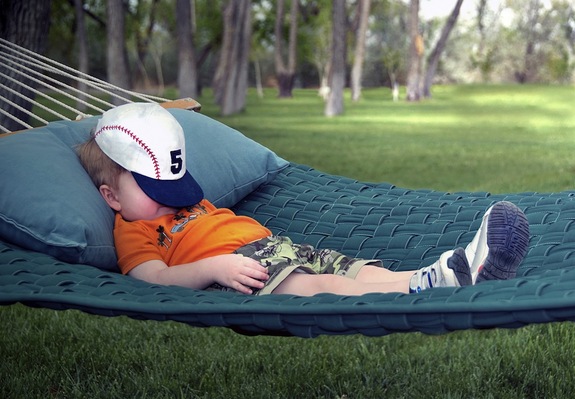When I tell most people about coffee naps their response is pretty much what you’d expect: puzzled.
“That seems a little counter-intuitive.”
“Can you sleep after drinking coffee?”
“But I read an article that said caffeine has negative effects on your sleep.”
Yes it might. Yes I can and yes, it does.
Nowadays it seems like every week another celebrity diet or crazy nutrition trend pops up.
Have you ever heard of The Twinkie Diet? Where you eat nothing but roughly 1500 calories of Twinkies throughout the day? Yeah sounds ridiculous, doesn’t it? But in reality…wait, no, it is ridiculous, and even though you can lose weight on it (just by the calorie restrictions alone), you’re going to have a range of negative impacts as a result of over-consuming trans fats, artificial colorings and flavorings, and in the process you’ll be missing out on a wide range of vitamins, minerals, and essential fatty acids.
So while it is right to be a little skeptical, know that coffee naps aren’t just another pseudo-scientific fad or marketing ploy, they really do work.
So wait, back up, what exactly is a coffee nap?
A Napuccino, aka coffee nap, is basically what it sounds like. You consume coffee (or other caffeinated products) immediately before taking a brief nap. Research suggests that drinking 150 to 200mg of caffeine just prior to a 20 minute nap appears to be the best way to do this.
How does it work?
Essentially what happens is that it takes 20 minutes for the caffeine to get into your bloodstream, and 45 minutes until it’s completely absorbed, meaning that the stimulant will start taking effect just as you wake up.
The real magic, however, lies in the neuro-chemistry. There is a naturally occurring chemical in our brains called adenosine. Adenosine is used by the body to promote sleep, and every hour you are awake your levels rise. Adenosine binds to your neuro-receptors and slows down the nerve cell activity in your brain, making you sleepy. What a nap (or a longer sleep) does, is clear the adenosine from your receptors.
Caffeine on the other hand gets absorbed into your bloodstream via your small intestine, and also binds to those same receptors to give you that much needed energy. When they are clear of adenosine, this opens up the receptor to caffeine, and the result is that you receive an extra jolt. It’s essentially like removing the adenosine guards from the doors of your brain to let the caffeine stroll right in and wake you up.
What do coffee naps work well for?
• Travelling (works really well for airport naps, especially if you’re worried about missing your flight)
• Jet lag
• Taking breaks during long projects
• Night shifts
• Quick bursts of energy
One thing that most people fail to mention is that you need to be sleepy enough to want to nap before you should try it out. If not, it’s possible that the conditioned smell and taste of the coffee alone will keep you wide awake, and rather than napping, you’ll end up spending your 20 minutes thinking about work or other things.
It’s important to keep two things in mind: you should avoid sugar in your coffee as it can keep you awake, and you shouldn’t be worried if you don’t reach a deep sleep, this study of drivers showed that a light doze can be just as effective.
Here’s my guide to the perfect coffee nap:
1. Brew the coffee
2. While it is brewing, you can do 5 minutes of meditation or deep breathing exercises to relax
3. Find an appropriate place to sleep (if you’re at work this is difficult, but the more accurately you can mimic your natural sleep routine, the better).
4. Finish the coffee (don’t rush, just relax) and set your alarm for 20-25 minutes.
5. Close your eyes, but don’t stress about falling asleep immediately (this will only make it harder to do so) — the rest alone will do you good.
6. Wake up to your alarm feeling rested and ready to power through your afternoon!
There you have it, all you ever need to know about coffee naps. Now go out there and try it! And remember to let us know how you get on in the comments.
